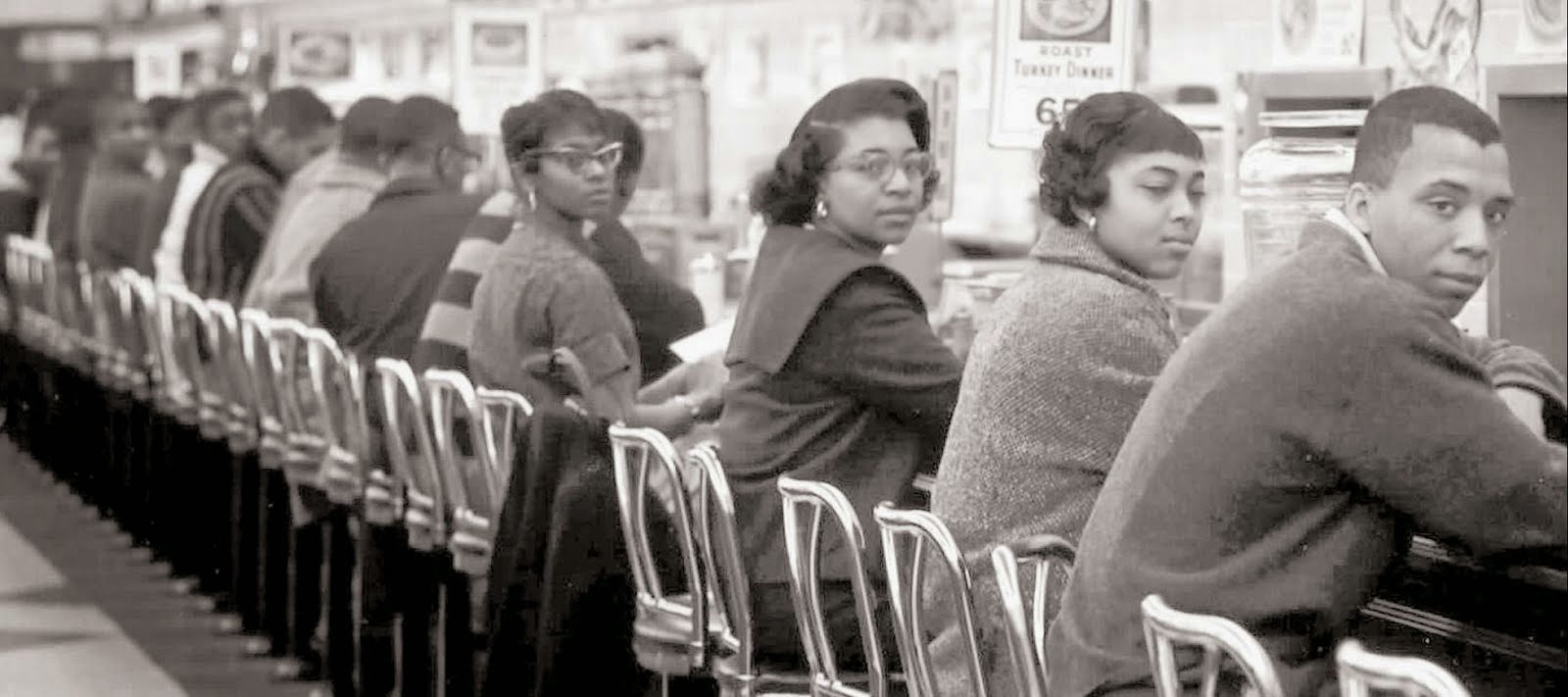Moving from her early childhood into her adolescent years, the first thirteen chapters of Anne Moody’s autobiography, Coming of Age in Mississippi, displays a powerful look at the Jim Crow Era and growing up poor and African American in the rural south. A first hand account of growing up in the time leading up to the Civil Rights Movement, the book is even that more powerful because of the author’s unique perspective. As expected, prejudice pervades every aspect of Anne Moody’s young life and therefore every chapter of this book. There seem to be many types of prejudice in this book thought. Obviously, there is the prejudice of whites against blacks. There is also the prejudice of people with money against people who are poorer than they are and prejudice of lighter-skinned African Americans toward darker-skinned African Americans. Even in the first thirteen chapters, Anne has already experiences each kind of prejudice. The last form of prejudice, the prejudice of lighter skinned African Americans toward darker skinned African Americans, seems to me to be the most interesting phenomenon.
The first instance of this type of prejudice is when Anne’s mother begins to date Raymond. After witnessing the distain that Raymond’s mother, Miss Pearl, has for Anne’s mother, Toosweet, Anne recalls, “They [Raymond’s family] were Negroes and we were also Negroes. I just didn’t see Negroes hating each other so much” (Moody 59). As lighter-skinned African Americans, Raymond’s family looks down on Anne’s family members, who have darker skin. In the book it is implied that Raymond is seeing other women besides Toosweet and that this mother would prefer him to marry a women he is seeing who has a lighter complexion. Although it is not explicitly stated the book, black’s tended to prefer those who had lighter complexions because their skin reflected white ancestry. As a result, we have two groups of people, both systematically oppressed in that they are segregated from the rest of white society, but that are at odds with each other. Not only do African Americans have to fight the persecution from a government that values Jim Crow law, they also have to deal with the conflict that has arisen within the African American community.
Lighter-skinned blacks, whom Anne calls “mulatto” or “yellow,” often try to carve out a higher social status for themselves, despite the fact that they are legally no better off than blacks relative to whites. Furthermore, they are looked upon as better than darker skinned African Americans simply because of their complexion. When describing a women she knew growing up named Florence, Moody wrote that she “was a mulatto, high yellow with straight black hair. She was the envy of all the women on the plantation.” In fact, Moody describes many black people in these first thirteen chapters as looking white: Florence, Miss Pearl, and Raymond among others. The facts that so many blacks look almost like white people highlights how socially constructed these racial distinctions are. For many people, these dividing laws were not based in physical reality. This goes to show that for African Americans, it was not simply your appearance that decides your fate as a second-class citizen. Rather, it is a system of socially constructed rules written by whites to oppress not just on the basis of race but also on the basis of your familial history.
